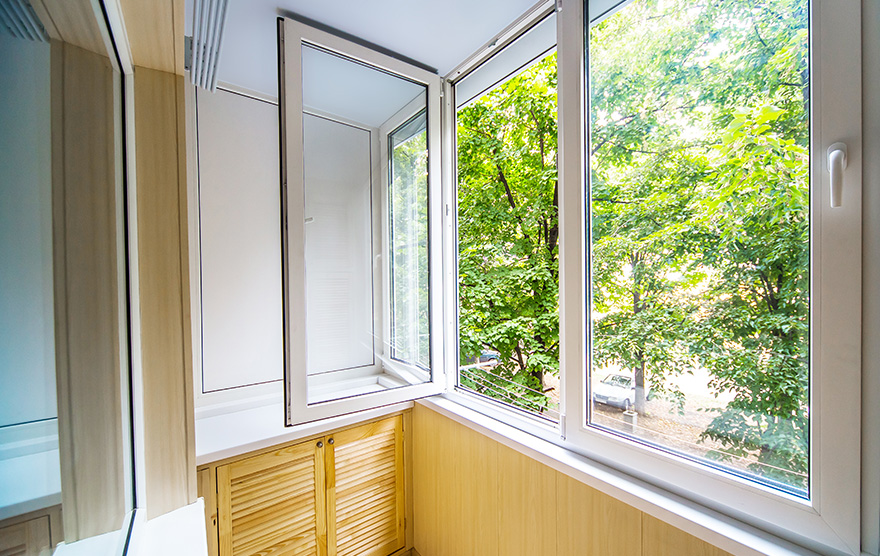Processed glass is a versatile and widely used material with many different applications. This guide will help you better understand the various types of processed glass, their characteristics, and their uses. We’ll discuss the different types of processed glass in detail so that you can make the best decision for your project or application.
By the end of this guide, you’ll better understand the various types of processed glass and how to best utilize it for your needs. So, let’s get started!
An Overview of Processed Glass
Processed glass is an engineered material created through the manipulation of raw glass. It is used in various applications, ranging from architectural components to furniture and decorative items. Processed glass can be produced with various features, including color, texture, patterning, and shaping. Color additives are added during manufacturing to produce various shades and hues; this approach is often referred to as ‘staining’ or ‘coloring.’
Textures may also be applied using specialized tools and machines that apply small indentations or raised patterns onto the surface of the glass. Patterning and shaping are also possible using pre-made molds or cutting tools to create distinctive shapes and patterns in the glass.
Types of Processed Glass
Mentioned below are the various types of processed glass products:
- Float Glass
Heating soda-lime silica in a furnace until it melts produces the most common kind of glass. The molten glass flows onto a bed of liquid metal and then cools down into a flat surface with two smooth surfaces. This type of glass has excellent clarity and is available in different thicknesses for different applications.
- Laminated Glass
This type of glass consists of two or more pieces of float glass sandwiched by an interlayer, usually made from polyvinyl butyral (PVB). Laminated glass offers greater durability by holding the broken shards together if shattered and providing acoustic insulation, UV protection, and temperature control.
It can also be manufactured in several tints and shades. Common laminated glass uses include storefronts, interior walls, balconies, skylights, and even vehicle windshields. It is also a great choice for hurricane-prone regions, as it offers greater resistance to wind-borne debris and impacts from flying objects.
- Tinted Glass
As the name suggests, this type of glass is made by adding certain metallic oxide compounds during the float process, which impart a color to the glass surface ranging from greenish yellow to deep bronze. This glass protects against UV radiation and reduces glare and heat transmission.
Tinted glass is suitable for use in windows, partitions, or any other applications requiring light control, such as conservatories, greenhouses, skylights, and solariums. It can also be a decorative element in various interiors and exteriors.
- Low-emissivity (Low-E) Glass
Low-E glass is manufactured by adding thin layers of metal oxide to the surface of ordinary clear float glass. This type of glass can reflect heat back into the room, significantly reducing energy loss during the winter and keeping unwanted heat out during the summer. Low-E glass provides enhanced solar control performance and better protection against fading due to UV radiation.
It is suitable for residential buildings, conservatories, and other applications where it’s important to simultaneously reduce heating costs while maintaining high levels of light transmission.
The Bottom Line
Processed glass is an incredibly versatile material used in various applications, from construction to art. It is strong, durable, and available in many different forms. Grasping the distinctions between a variety of processed glass will assist you in selecting which kind to use for your endeavor or application. With proper care and maintenance, processed glass can be a great choice for various applications.

